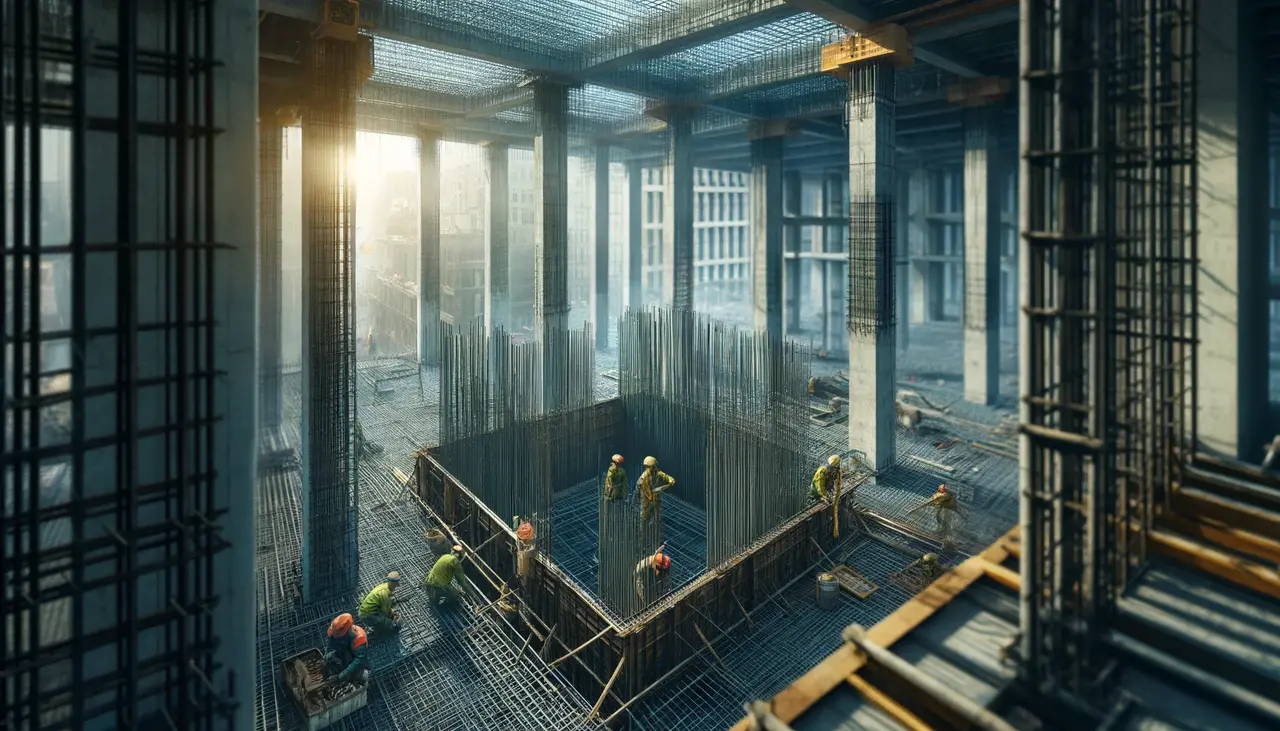Understanding Concrete Frame Construction
Concrete frame construction is a cost-effective method for building structures. Concrete is strong and durable, making it a reliable choice for construction projects. By using concrete frames, builders can create sturdy buildings that are resistant to fire and weather damage. Concrete is also readily available and relatively inexpensive compared to other building materials, making it a practical choice for many construction projects. Additionally, concrete frame construction allows for quick and efficient building processes, saving time and money for developers.
Benefits of Concrete Frame Construction
Concrete frame construction offers several benefits, making it a cost-effective choice for building projects. Here are some advantages:
- Durability: Concrete frames are known for their strength and longevity, providing a sturdy structure that can withstand various environmental conditions.
- Fire Resistance: Concrete is non-combustible, making it a safer option in case of fires compared to other building materials like wood.
- Energy Efficiency: Concrete has thermal mass properties, helping to regulate indoor temperatures and reduce heating and cooling costs.
- Low Maintenance: Once constructed, concrete frames require minimal upkeep, saving on maintenance expenses over time.
- Design Flexibility: Concrete can be molded into various shapes and sizes, allowing for versatile architectural designs to be achieved.
- Cost-Effectiveness: Despite initial investment costs, concrete frames offer long-term savings due to their durability and low maintenance requirements.
Cost-Effective Aspects of Concrete Frame Construction
Concrete frame construction is a budget-friendly option due to its durability and low maintenance requirements. The initial cost of building with concrete frames may be slightly higher than other materials, but it pays off in the long run thanks to lower repair and maintenance expenses. Additionally, concrete’s thermal properties result in reduced energy costs for heating and cooling, making it a financially smart choice for construction projects.
Factors Influencing Costs in Concrete Frame Construction
Concrete frame construction costs can be influenced by various factors. These include the complexity of the design, the size of the project, the quality of materials used, and the location of the construction site. Additionally, labor costs, project timeline, and any specialized techniques required can impact the overall expenses of a concrete frame construction project. It is essential to consider these factors when planning a construction project to ensure cost-effectiveness and successful execution.
Cost Comparison with Other Construction Methods
Compared to other construction methods like steel frame or timber frame, concrete frame construction is often more cost-effective in the long run. Concrete’s durability reduces maintenance costs over time and can provide better energy efficiency for the building. Additionally, the initial costs of concrete frame construction may be slightly higher than steel or timber, but the long-term savings in maintenance and energy costs make it a practical choice for many construction projects.
Sustainability and Durability of Concrete Frames
Concrete frames are known for their durability and sustainability. They have a long lifespan and require minimal maintenance, making them a cost-effective choice for construction projects. Here are some key points to consider:
- Concrete frames are highly durable and can withstand harsh weather conditions and natural disasters.
- They have a long lifespan, reducing the need for frequent repairs or replacements.
- Concrete is a sustainable material, as it can be recycled and reused, lowering its environmental impact.
When considering construction options, concrete frames offer both sustainability and durability, making them a practical choice for long-term building projects.
Design Flexibility in Concrete Frame Construction
Concrete frame construction offers significant design flexibility that allows architects and builders to create unique and innovative structures. With concrete, you can shape the frames in various forms to meet specific design requirements. In addition, concrete frame construction enables the incorporation of intricate architectural details, such as curved walls or complex shapes, providing a visually appealing and one-of-a-kind aesthetic to a building. The versatility of concrete frames allows for the realization of creative architectural visions and the construction of durable, cost-effective, and aesthetically pleasing structures.
Construction Process for Concrete Frames
Concrete frame construction involves erecting a skeleton of steel and concrete on a site, providing a robust structure for buildings. Here’s a simplified breakdown of the process:
- Formwork Setup: Wooden or metal molds are constructed to shape the concrete.
- Reinforcement Placement: Steel bars are placed within the formwork to provide strength.
- Concrete Pouring: The concrete is poured into the formwork, filling the desired shape.
- Curing: The concrete is left to harden and gain strength over time.
- Stripping: Once the concrete is set, the formwork is removed.
This method of construction is noted for its durability and cost-effectiveness in building structures like high rises and commercial buildings.
Case Studies: Successful Concrete Frame Projects
Concrete frame construction has proven to be a cost-effective choice for various construction projects. Successful case studies showcase how this method can deliver sturdy and reliable structures within budget constraints. These projects demonstrate the efficiency and durability of concrete frame construction, making it a favorable option for those seeking long-term value in their building endeavors.
Conclusion: Concrete Frames as a Cost-Effective Choice
Concrete frame construction offers a cost-effective choice for building structures. Concrete’s durability and low maintenance requirements make it a wise investment. Additionally, the energy efficiency of concrete structures can lead to long-term cost savings. Concrete frames are a sustainable option as well, contributing to a greener environment. When considering construction costs, maintenance expenses, and long-term benefits, it’s evident that concrete frames are a practical and economical choice for building projects.


